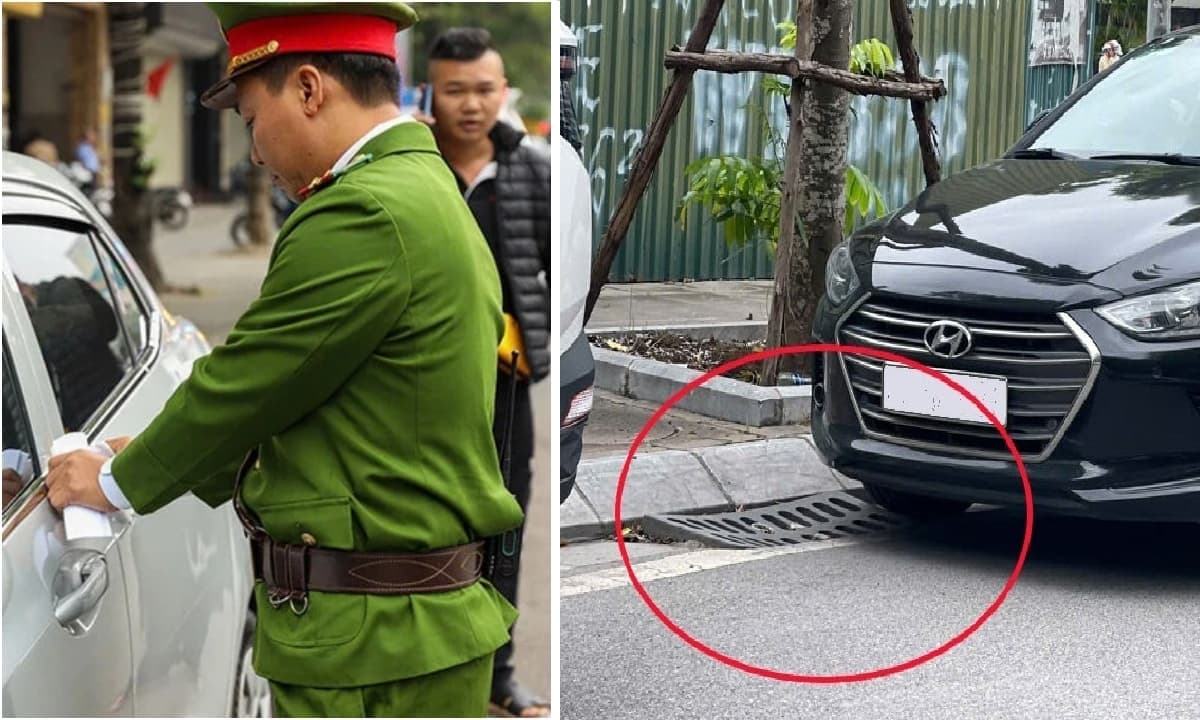These Two Galaxy Clusters Are Set to Collide Once More

Roughly 2.8 billion light-years from Earth, two galaxy clusters are engaged in a cosmic tussle. These enormous structures last collided about a billion years ago, but now, it appears they’re going back for round two.
The galaxy clusters involved in this scuffle are part of a larger system—a “combined” galaxy cluster—called PSZ2 G181. In a study published in The Astrophysical Journal in April, researchers analyzed new observations of PSZ2 G181 that suggest its constituent clusters are poised to smash into each other for a second time.
Major collisions between galaxy clusters are generally considered rare, according to the European Space Agency (ESA), but repeated collisions are decidedly more unusual. What’s more, PSZ2 G181’s total mass is uncharacteristically low compared to other combined galaxy clusters that have resulted from collisions, adding another layer of peculiarity to the findings.
Astronomers know the individual galaxy clusters that make up PSZ2 G181 crashed into each other once before thanks to previous radio observations, according to a NASA statement.
That work revealed parentheses-shaped regions of diffuse radio emissions on the outskirts of the system. These structures most likely formed as a result of the initial collision a billion years ago.
This new study, led by Andra Stroe, a postdoctoral fellow at the Harvard & Smithsonian Center for Astrophysics, further validates the idea that a previous collision occurred. The researchers analyzed new observations of PSZ2 G181 from two X-ray observatories—NASA’s Chandra and the European Space Agency’s XMM-Newton. Their study identified a bridge of cool gas connecting the two clusters, which probably resulted from gas stripping during the first collision, according to their report.
Over the last billion years, the two clusters have drifted apart and now sit roughly 11 million light-years away from each other. This is the largest separation between these kinds of structures that astronomers have ever seen, according to NASA’s statement.
But Stroe and her colleagues found evidence to suggest these galaxy clusters are now on a collision course again. The team uncovered three more shock fronts aligned with the previous axis of collision—a potential early sign of a second, oncoming crash.
The discovery of this rare event provides new insight into the dynamics of merging galaxy clusters—particularly those involving low-mass systems, which are underexplored. As the researchers note, finding radio emissions from low-mass clusters like PSZ2 G181 is challenging, but “with the advent of new-generation radio telescopes and surveys, we may be uncovering the “tip of the iceberg,” they state in their report.







